Process analysis-Katana hamon
what is hamon?
The katana hamon is the quenching line on a katana blade, where a special yakibatsuchi is placed over the blade, the ha is left bare, and the blade is then red-hot, heated to a specific temperature, and then placed in water. The blade cools rapidly without the clay covering it, and more slowly with the clay covering it, so that the hamon is formed.
What is the use of hamon?
The rapid cooling of the ha enhances the hardness, while the areas covered with clay remain pliable enough due to the slower cooling, and the difference in hardness of the exposed portions maintains good blade toughness in spite of the higher hardness of the blade. With proper polishing, the hamon in the ha ji can be made to show through, giving the katana a boost in collector's value, which is the most appreciated aspect of a katana
Swordsmiths require years of training to master the extremely difficult hamon making process, and each swordsmith has his own practice. A well-crafted, complex hamon is actually like a "fingerprint" of a swordsmith. There are many swordsmiths or sword making schools, and only the swordsmiths can tell that it is their work, Hamon is another aspect of Japanese swords that is appreciated by enthusiasts.
Because this feature is so important, anyone interested in katana needs to understand the characteristics of the hamon. Hamon usually has a clear dividing line (nioiguchi or habuchi) so that the hamon area and the main body of the blade can be clearly distinguished. There should be no gap or interruption in the line that defines the hamon, and the entire blade should extend from head to tail without any fading or blurring. In addition, a good hamon is usually not a simple shape or a single boundary, but contains complex lines and countless details.

The evolution of Hamon blade
If a katana is to have ideal practical functions, it must have a blade with both hardness and softness. The complex structure of the hamon is designed to meet these functional requirements. The oldest recorded Japanese sword appeared in the 5th or 6th century AD, with a straight blade and narrow hamon. The older hamon is basically a straight line composed of brittle marquensite distributed along the edge of the entire blade. Although a sword made entirely of marquensite is very sharp, it is also very susceptible to damage in use. Therefore, early swordsmiths used pearlite and ferrite, two types of much softer steel, to make the blade. This combination has both toughness and hardness, so the blade can be bent to a certain degree without breaking. Katana's design is to take advantage of the properties of different steels and use different steels in different parts to create weapons with strong functionality, beauty, and durability.
After hundreds of years of evolution, the katana has grown larger, and the now familiar katana-specific radian has begun to appear. The corresponding Hamon has also become broader and more complex. There are traces of the evolution of the hamon. As mentioned above, the simple straight line hamon of the early katana is a hard marquensite combined with a soft steel in a straight line. Because of the different properties of these two steels, sometimes even a single cut will separate the narrow marquensite section from the entire blade.
To solve this problem, the swordsman learned to create a wider and more complex hamon. This type of hamon is composed of a series of semicircular or wavy patterns, and the width and height of different positions on the blade often vary greatly. In the case of complex hamon, the visible border can extend from the upper half of the blade width to the center, and the lower part almost touches the blade. Hamon can be described as a series of teeth. These "teeth" effectively extend the physical boundary between the marquensite steel and the softer blade, allowing different types of steel to be staggered between the blade and the blade body. As a result, the blade and body are more tightly bonded together in a zipper-like structure. The notch and damage that can occur during use can also be prevented from expanding due to the complex hamon.
This type of hamon blade first appeared on Japanese swords around the 11th and 12th centuries, and then developed further during the actual Kamakura period (1185-1333) in the 12th and 13th centuries. The modern katana we appreciate today are all direct descendants of the Kamakura period.

katana hamon patterns
There are many types of katana hamon patterns, even suguha comes in different types depending on width: hoso-suguha, chu-suguha, hiro-suguha, etc. Among the wavy types there are, ko-midare, choji, gunome, notare, toran-ba, hitatsura, etc. They come in all kinds of styles.









View hamon
The ability to clearly examine hamon depends on the character of katana. If a katana is in poor condition, or if it has been ground for a long time, or if it has been ground many times over the course of hundreds of years, the hamon can be almost, or completely, impossible to recognize with the naked eye, and may even disappear altogether.
Even if the hamon and katana themselves are of good quality and grind, the hamon may still not be easy to see. Therefore, the blade must be wiped clean and examined under the proper light source and at the correct angle of light, with the tip of the blade placed slightly below the focused light source, so that the outline of the hamon can be seen in the vicinity of the reflected light source on the body.
Also examining the hamon reveals a lot of detail. (The line of demarcation (nioiguchi), also called (bahuchi), should extend from the beginning to the end of the hamon, clear and uninterrupted. hamons often have an extension or protrusion called (ashi), which extends from the habuchi to the edge, and can help to distinguish the details of the hamon. ashi is usually the line of demarcation near the end of the hamon, but it is not the line of demarcation. It may be so short as to be almost invisible, or it may be very long and pronounced. The presence of ashi indicates that the steel of the hamon has been properly intermingled and blended with the steel of the main body of the blade.

Extension of hamon

When hardened, it forms a line that separates the blade from the softer edge. Tiny crystals called nie and nioi appear on the boundary between hamon and ji.Nie are larger crystals that can be seen individually with the naked eye, whereas nioi crystals are misty and can only be seen individually under a microscope. nie shine like stars in the night sky, whereas nioi look like glowing mist in the Milky Way.
The world famous metallurgist Tawara Kuniichi(1872-1958) proved scientifically
that due to yaki.ire, the hard crystals (martensite), and the medium-hard
crystals (troostite) mix together resulting in the formation of nie and nioi that can be
seen when a blade is polished.
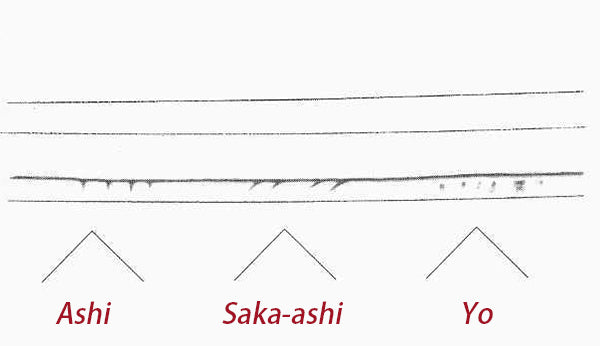
Activities Within the Ha
Various activities appear in the hardened section of the blade due to the interaction of crystaline formations with the structure of the surface steel.
Depending on the structure of the hamon, various activities appear: ashi, saka-ashi, yo, sunagashi, kinsuji, uchinoke and so forth. Nie does not only appear in the
ha, it can also be present in the body of the blade. This is referred to as ji-nie.
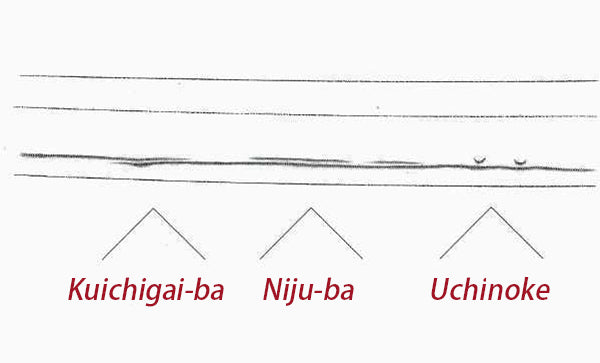
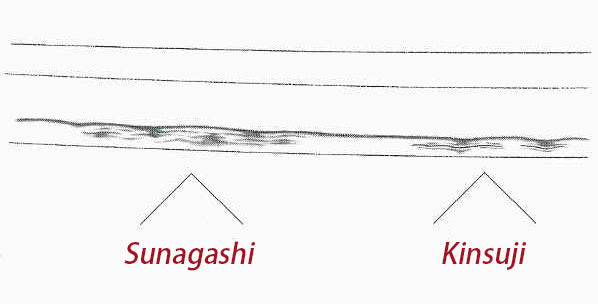
Works with prevalent nie in the ha are referred to as nie-deki. The works of Masamune of the Soshu school are the prime example of nie-deki works, and would also have kinsuji and sunagashi. The representative schools for nioi-deki works are the Bizen works from the mid-Kamakura period onwards and the
Nanbokucho works of the Aoe school. Ashi and yo are often seen in the ha. Also, among the masame works of the Yamato school, it is common to see activities such as kuichigai-ba, niju-ba and uchinoke.
To summarize, good katana may not always have hamon, but katana with hamon must have good performance. As a well-known cold weapon of the day, the Japanese sword and its history is an extremely interesting topic in itself. Throughout its evolution, Hamon has become an important element in customizing katana.

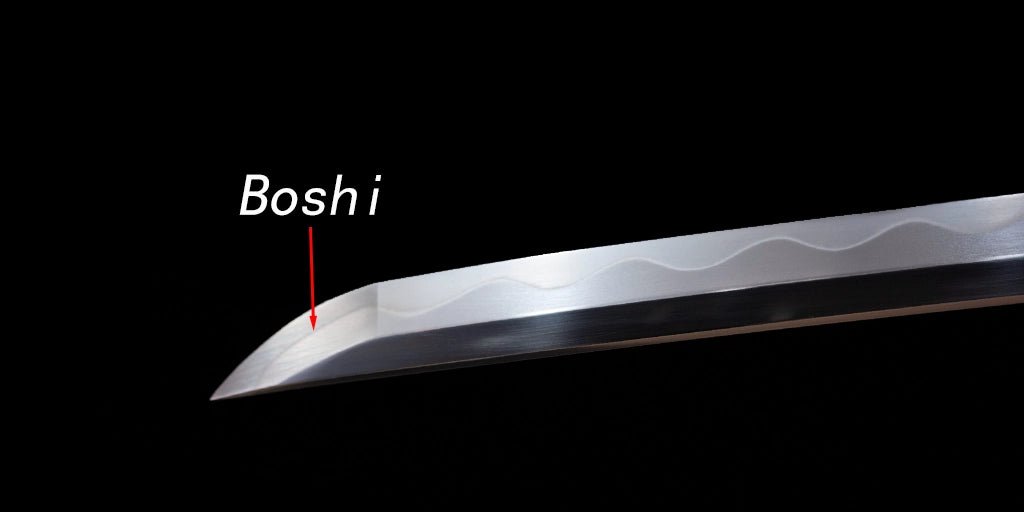
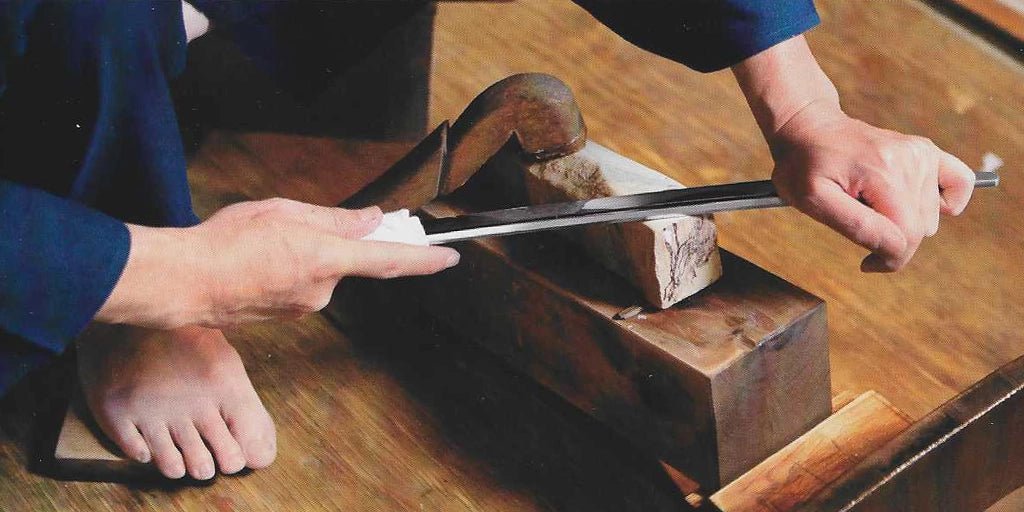
Leave a comment
This site is protected by hCaptcha and the hCaptcha Privacy Policy and Terms of Service apply.